At the annual Linley Processor Conference this past week a number of chip vendors proposed a raft of new networking solutions directed at solving today’s bandwidth issues. Perhaps the overall highlight of the conference was the recognition by Keynote Speaker Linley Gwennap of the shift that is taking place towards ARM based solutions.… Read More
Semiconductor Intellectual Property
After 10 years promoting crossbar switch for interconnects, Sonics finally admit that NoC is better
Network on Chip (NoC) technology is probably one of the most fascinating new concepts that has been developed and is implemented in real chips. NoC can be integrated into various System on Chip (SOC), targeting several market segment: Video Processing, Consumer Electronics, Automotive, Networking, Multimedia (digital TV),… Read More
ARM in Networking/Communications
I was at the Linley Processor Conference yesterday. There are two of these each year, one focused on mobile and this one, focused on networking and communications (so routers, base-stations and the like). You probably know that ARM is pretty dominant in mobile handsets (and Intel is trying to get a toe-hold although I’m skeptical… Read More
Hynix View on New, Emerging Memories
The recent (August) flash memory summit in Santa Clara had a session devoted to ReRAM as well as featuring prominently in the keynote address by Sung Wook Park of SK Hynix. The talk includes a summary of NAND’s well known scaling issues along with approaches to 3D NAND. It turns out that they are working on three different technologies:… Read More
The Middle is A Bad Place to Be if You’re a CPU Board
In a discussion with one of my PR network recently, I found myself thinking out loud that if the merchant SoC market is getting squeezed hard, that validates something I’ve been thinking – the merchant CPU board market is dying from the middle out.… Read More
ReRAM Cell Switching and Trends
Confused by the way a ReRAM cell behaves? Looking for a clear definition of the various terms used? Then check out Blogs at ReRAM-Forum.com. on recent publications appearing in the IEEE journals. The latest Blog discusses a paper published by Professor Daniele Ielmini of the Politecnico di Milano in Italy on the Resistive Switching… Read More
TSMC OIP Ecosystem Forum 2012
The TSMC Open Innovation Platform® (OIP) Ecosystem Forum brings TSMC’s design ecosystem member companies together to share with our customers real-case solutions for customers’ design challenges and success stories of best practice in TSMC’s design ecosystem.
More than 90% of the attendees last year said “this… Read More
New MIPI protocols: Unipro, LLI and CSI3 over MPHY.
New MIPI protocols: Unipro, LLI and CSI3 over MPHY.
Gabriele ZARRI, Moshik RUBIN, Cadence
Sophia Antipolis, France SAME 2012 Conference – October 2 & 3, 2012 2
Abstract:
With more than 50% of the world‟s population using cellular phones and the growing number of devices that go mobile, from game consoles and media player… Read More
So British! with Mike MULLER (ARM CTO & Founder) at SAME Conference
SAME conference has started with Joel Huloux, Chairman of the MIPI Alliance, who gave a high level introduction about MIPI, rather business than technology oriented, talking to Marketing/Management audience. Extracting the main points from his presentation:
- More than 30 specifications have been issued (Important remark:
Linley Tech Processor Conference 2012
Learn everything you need to know about processors for enterprise- and carrier-communications systems. We have added more Speakers and industry experts and expanded the two-day conference program with 25 % more sessions.
We will be featuring presentations on the newest processors with multiple cores, programmable data planes,… Read More



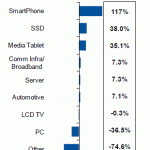
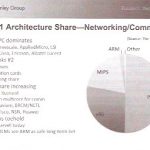
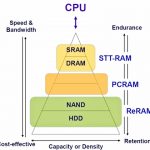
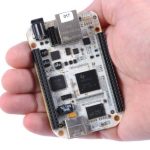


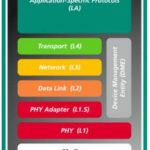


The Quantum Threat: Why Industrial Control Systems Must Be Ready and How PQShield Is Leading the Defense